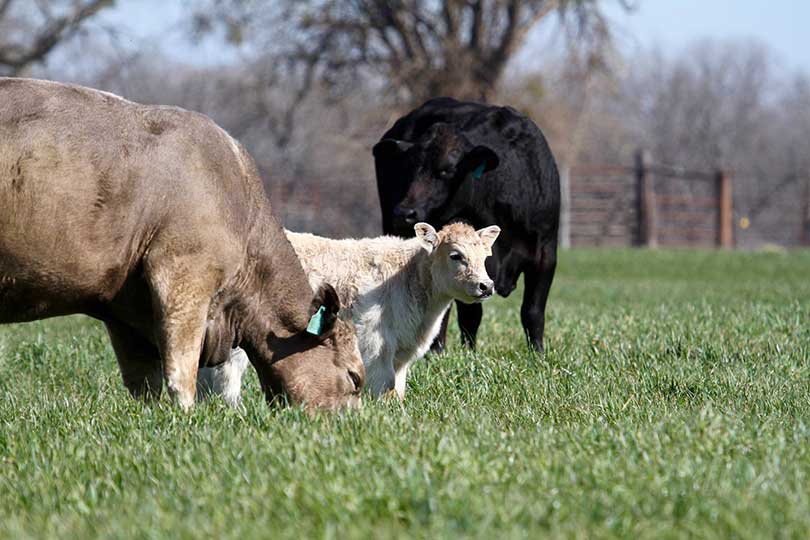Rebounding off a drought that lasted from 2010 to 2012, along with 2014’s record-high sale prices, ranchers are looking to increase herd sizes.
A study conducted by U.S. Department of Agriculture’s National Agricultural Statistics Service (USDA NASS) stated after a steady seven-year decline, the cow herd is up to 92 million, according to Drovers CattleNetwork.
“Beef cow slaughter totaled 2.3 million head in 2015. That represents 7.7 percent of the beef cow herd—the smallest percentage slaughtered since at least 1965,” John Nalivka, president of Sterling Marketing Inc., said.
The states that have seen the most exponential growth rate are Texas, Nebraska, South Dakota, Oklahoma, Kansas and Missouri.
Combined, these states make up 35 percent of the total increase from 2015-2016, according to Drovers CattleNetwork.
With this increase, feedlots will be up three percent from the four percent drop they saw in 2015.
Reductions in cow slaughter and increases in heifer retention helped push the beef cow herd to 30.3 million head, an increase of 3.4 percent.
This means ranchers should expect lower prices in 2016, even after a downturn in 2015, according to Drovers CattleNetwork.
This data suggests cattle prices will be down overall, but it’s not a disastrous outcome for ranchers.
“We’ve seen four to five years of strong profits for cow-calf operations. Even with expected lower prices this year, average cow-calf profits should remain near $250 per cow. Historically, that’s very good,” Nalivka said.

